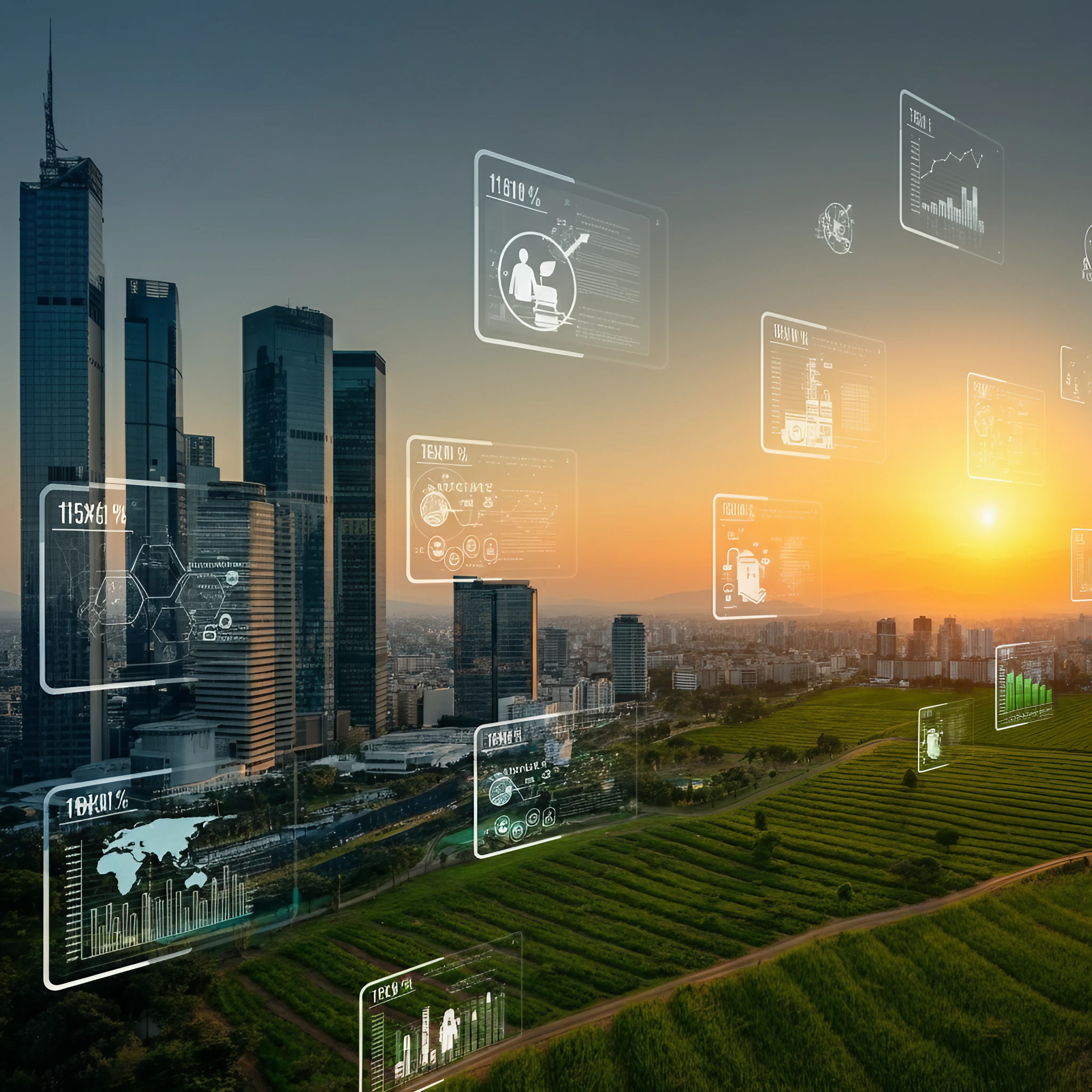When studying economics, one of the key concepts you’ll encounter is capital. It’s essential to understand what economists mean when they refer to capital, as it plays a fundamental role in how economies function and grow. But what exactly qualifies as “capital” in economics? And how does it differ from other factors of production like land, labor, and entrepreneurship?
This article will answer the central question, “Which of the following do economists consider to be capital?” and provide clarity into why capital is such a crucial part of economic activity.
What Economists Mean by “Capital”
In economic terms, capital refers to physical assets that are used to produce goods and services. Economists classify capital as man-made resources like tools, machinery, and buildings. These assets are essential because they allow for increased productivity and efficiency in production processes.
Importantly, capital differs from financial resources like money. While money facilitates trade and serves as a measure of value, it is not categorized as capital. Instead, capital directly contributes to the creation of goods or services.
Common Examples of Capital
To understand this better, here are items that economists commonly consider to be capital:
- Machinery and Equipment:
- Assembly lines
- Construction equipment
- Vehicles used in production
- Tools:
- Hammers, saws, and drills
- Cooking tools in a restaurant
- Computers used by software developers
- Infrastructure:
- Factories
- Warehouses
- Power plants
Each of these items plays a role in improving productivity, whether it’s assembling products more efficiently, facilitating faster transportation of goods, or enabling the smooth functioning of an organization.
What is Not Considered “Capital” in Economics?
It’s equally important to understand what does not fall under the economic definition of capital:
- Money:
-
-
- While money is an essential element for commerce, it’s not considered capital because it doesn’t produce goods or services directly.
-
- Natural Resources (Land):
-
-
- Land refers to raw, natural resources like minerals, forests, or water, which are separate from man-made capital.
-
- Labor:
-
-
- Human effort and work fall under labor, not capital.
-
- Entrepreneurship:
-
-
- The creativity and risk-taking involved in starting businesses are classified as a separate factor of production.
-
Capital as One of the Four Factors of Production
To grasp the larger picture, it’s worth noting that capital is one of the four major factors of production. These factors are:
- Land – Natural resources that are used to create goods and services.
- Labor – Human effort, skills, and time put into production.
- Capital – Physical tools and equipment that increase productivity.
- Entrepreneurship – The organization, innovation, and risk-taking involved in business creation.
Unique Traits of Capital
Unlike land or labor, capital is not naturally occurring. It is created by humans. For example:
- A tool must first be designed and manufactured before being used in production.
- A factory requires careful planning, materials, and construction.
This means the production of capital itself involves costs and often requires investment. For instance, a business owner needs to save or secure funding to purchase equipment before it can be used.
Why Capital is Crucial for Economic Growth
Capital is a driving force behind productivity and economic progress. Economists understand that when companies and industries have better tools, machines, and facilities, they can produce more goods with the same amount of labor. This often leads to:
- Boosted production efficiency
- Lowered costs of goods
- Higher standards of living for the population
Additionally, the enhancement of capital often leads to innovations in production methods, further fueling economic growth.
Practical Applications of Capital in Business Functions
To make the concept even clearer, here’s how capital manifests across various industries:
- Manufacturing:
- Assembly lines and robots used in factories fall under capital. These machines optimize production processes and reduce error rates.
- Technology:
- Servers and computers in IT firms are considered capital, as they support the development of software and data processing.
- Agriculture:
- Tractors and irrigation systems are essential forms of capital for farmers, allowing them to cultivate more land and improve crop yields.
- Retail:
- A point-of-sale (POS) system in a retail store qualifies as capital because it speeds up transactions and improves inventory management.
By identifying which tools and equipment qualify as capital, businesses can better allocate resources to maximize productivity.
The Debate Around “Which of the Following Do Economists Consider to Be Capital?”
For economics students and professionals, the definition of capital may raise some confusion, particularly when discussing assets like money or intellectual property. While these elements are valuable, they are not classified as capital in the traditional economic sense because they do not directly participate in the production of goods or services.
To ensure clarity, remember this key distinction:
- Capital refers to physical tools and equipment that aid in production.
- Financial assets (like cash) and intangible assets (like ideas) are not considered capital.
Final Thoughts
Understanding what economists consider to be capital is essential for anyone studying economics or working in fields like business, finance, or operations. Capital plays a pivotal role in bridging efficiency gaps, reducing costs, and driving economic growth.
By clarifying that tools, machinery, and infrastructure fall under the category of capital while money and other assets do not, economists emphasize the tangible contributions these physical assets make to production processes.
If you’re looking to deepen your understanding of capital and apply this knowledge to solve real-world economic challenges, start analyzing industries around you. Ask yourself, “Which of the following tools and equipment are driving productivity here?” It’s a small, yet powerful way to connect theory with practice.
Keep this in mind, and you’ll have a strong foundation for mastering economics!








